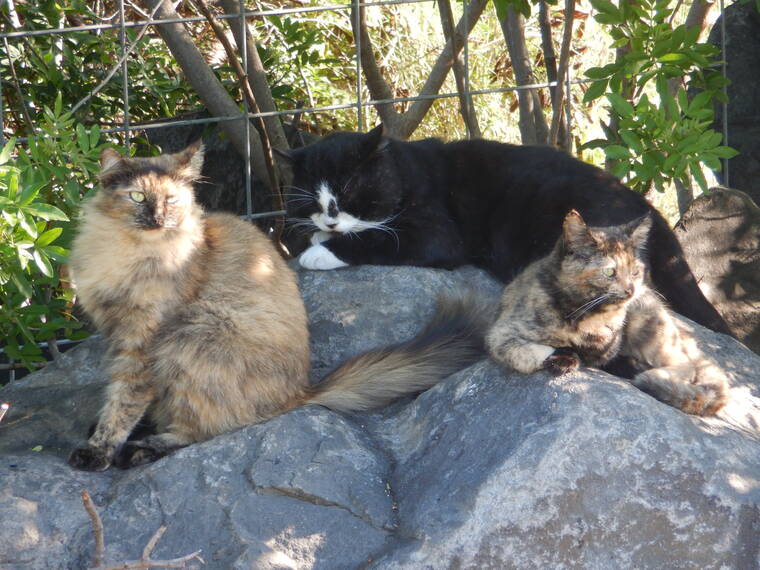By None
Copyright staradvertiser

Aloha Animal Alliance presented a proposal to Hawaii County Council advocating for a more humane and cost-effective approach to managing the island’s growing cat population.
The group, led by president and co-founder Lauren Foo, has spent years implementing community cat management through sterilization programs, highlighting its success in reducing costs. Foo emphasized the importance of prevention, community collaboration, and education in addressing the issue.
“We invested in durable tools, traps, trail cams,
microchip scanners, field equipment, and medical supplies for preventive serv-ices in the community,” Foo said. “We also built training and play-space education for caretakers, keeping in mind all of the conservation efforts. Tying it all together with software allows us to manage and ensure the best practices are followed and tracked.”
The presentation earlier this month came at the request of Council member Michelle Galimba. Bill 51, now law and effective Jan. 1, prohibits feeding stray or feral animals on county property unless done by certified community cat caretakers under an approved program. Violations can result in fines, aiming to better regulate and manage feral cat populations through authorized and trained individuals. Foo’s presentation followed the introduction
of Bill 51.
Council member Jennifer Kagiwada, frustrated with the ongoing cat population problem, said, “We don’t really have a place to put extra cats, but at the same time, if we could at least fix them before they get dumped … that’s what drives me crazy: we get these litters of kittens exploding in the area.”
Foo explained the challenges of maintaining a sanctuary and stressed the need for broader community engagement. “It’s really about education to prevent more cats from coming into the system,” she said. “There are great organizations
doing spay/neuter work in the community, but the problem is access.”
Council member Heather Kimball criticized the current approach, noting, “Our strategies around this particular problem have been wasteful of tax dollars. We, as a body, need to look at this aspect of how we spend funds from a systems approach when we come to
review the budget in future cycles.”
Kimball also called for increased cooperation with
local cat feeders. “The folks that are the cat feeders need to be brought into the conversation so they’re cooperating and participating with us. I do think the Bill 51
process had a negative effect on the trust we were trying to build.”
Council member Rebecca Villegas placed the issue in historical context, stating, “Go to the history of this place, Hawaii. Colonization. We’re dealing with cat colonies … people who move here, and leave, and leave their animals, or dump their animials.”
Villegas added, “The cat colony feeders have been breaking trust with our community. … A lot of that fragmentation also happened on their account.”
Foo shared results from a six-year program that reduced costs by $3.2 million, with $1 million spent on sterilization. “You do not move on from a colony until 85% to 90% of it has been fixed,” she said, stressing sterilization as a more cost-effective long-term solution than scattering
resources across multiple
Foo also said that $10 million is spent annually on animal welfare today between county Animal Services, county and state-funded grants, and other donations from animal welfare nonprofits. About $4.7 million came from the county.
Foo said more money will not solve the problem, but reallocating the distribution would be smart. She proposed a budget allocating $2.7 million (27% of the total) to shelter operations and $2.4 million (24%) to spay/neuter clinics. According to her plan, the estimated annual impact would serve 30,000 animals, assist 6,000 households, and perform 12,000 spay/neuter
“There is all these things we want to see animal control and protection agency to be able to do, but we recognize that we just don’t have enough manpower. … It cannot just be the county. It has to be a coordinated, collective action movement by various parties. … There has to be like flexibility in the process because sometimes the county can do more, and then there is going to be times where we lean on the community a little bit more. But we got to start talking to one another, rebuilding the trust and relationship so we can be more coordinated going forward,” said Kierkiewicz, who also noted that a potential leadership change at animal control had delayed some legislation.
“We need to provide those programs and systems in place so that we can help the people who need us the most,” Foo said.



